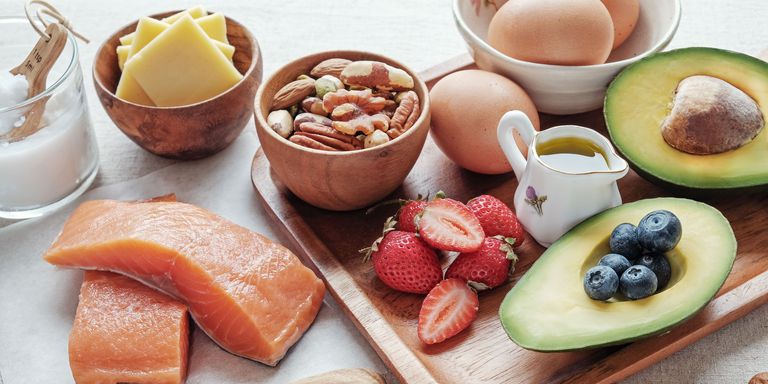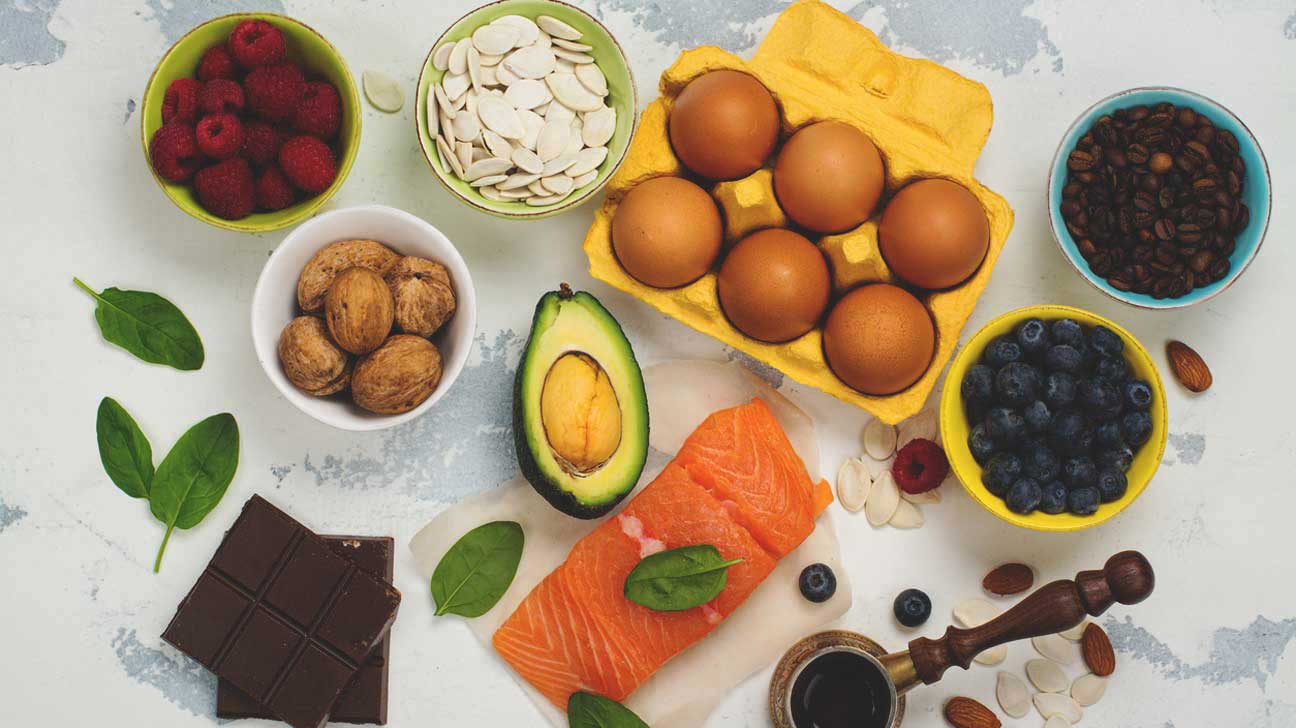In short, the ketogenic regimen is a low-carb, high-fat diet that can lead to effective weight loss in a matter of weeks. Instead of one’s body using glucose for a primary energy source: low-carbohydrate intake trains one’s body to rely on ketones for energy. Ketones are formed from the breakdown of fats in the liver (Ruled.me, n.d.).
When wanting to adopt this lifestyle change, it is important to speak with a nutritionist or primary physician to ensure that this diet is the right choice for you. To better understand the ketogenic diet, some health professionals may offer access to software for continuing medical education courses by CertCentral.
Primary care physicians, medical trainers, nutritionists, and the like can create online training to efficiently inform clients or patients about best protocols regarding treatment plans, or other pertinent matters.
Research reveals that the ketogenic diet is particularly beneficial for those suffering from intractable epilepsy, Alzheimer’s disease, Parkinson’s disease, amyotrophic lateral sclerosis, McArdle disease, cancer, and/or depression (Barañano & Hartman, 2008).
IMAGE: RED BOOK MAG
How Do I Adopt A Ketogenic Diet?
The standard ketogenic diet is the most common form of the diet (Slajerova, 2013). To follow the standard ketogenic diet correctly, one consumes meals that are 75% fat, 20% protein, and 5% carbohydrates (Kettle & Fire, n.d.). Below, you will find a quick beginner’s guide on how to adopt the standard ketogenic diet.
1. Eliminate the following foods from your refrigerator and pantry that DO NOT comply with the standard ketogenic diet.
- All grains (wheat, rye, oats, corn, barley, millet, rice, buckwheat, sprouted grains, quinoa, )
- White potatoes
- Alcohol and soda
- Sweets (low-fat dairy products high in carbohydrates, cake, cookies, sweet puddings, ice cream, etc.)
- Refined sugars (table sugar and agave syrup) and refined oils (sunflower, peanut safflower, canola, cottonseed, grapeseed, and corn oil)
- Sugar alcohols (xylitol, maltitol, and sorbitol)
- Beans and legumes high in carbohydrates (chickpeas, black beans, red beans, pinto beans, lima beans, lentils, kidney beans, etc.)
- Peanuts and peanut butter
2. Hit the grocery store and fill your kitchen with the following foods that DO comply with the standard ketogenic diet.
- Non-starchy vegetables (leafy greens, kale, cucumber, celery, eggplant, tomatoes, peppers, lettuce, brussel sprouts, zucchini, fennel, endive, mushrooms, onion, garlic, fresh herbs, and/or small portions of root vegetables)
- Animal fats (lard, ghee, tallow, and/or grass-fed butter)
- Fish (crab, shrimp, prawns, squid, scallops, salmon, tuna, mackerel, and/or halibut)
- Dairy products (cheese, cream, and/or greek yogurt)
- Eggs
- Milk (cashew, almond, hemp, hazelnut, and/or coconut milk)
- Nuts (pecans, walnuts, cashews, pine nuts, hazelnuts, and/or pistachios)
- Seeds (chia, hemp, sesame, and/or sunflower seeds)
- Oils (olive oil, avocado oil, coconut oil, flax oil, walnut oil, and/or macadamia oil)
- Supplements (collagen, gelatin, and fish oil supplements)
- Animal protein (lean beef, chicken, turkey, duck, lamb, sausage, and/or bacon)
- Fruits (berries, apples, pears, lemons, and/or limes)
- Green Peas
- Desserts and dessert fix-ins (100% dark chocolate, cocoa powder, almond flour, and/or coconut flour)
- Herbal teas and coffee
While most of the items listed above will be familiar, some may require a bit more attention and intentionality when shopping. Choosing high-quality fats is essential to the success of a ketogenic lifestyle, and Cold Pressed Olive Oil stands out as a nutrient-rich option that supports heart health and enhances meal flavor.
Ensuring variety and nutritional balance in your food selections will make it easier to maintain long-term adherence to the ketogenic regimen.
3. Create a meal plan and stick to it!
Schedule when and what you are eating so you are more likely to stick to your diet plan.
There are several ketogenic diet resources available online that outline typical meals adherent to the standard ketogenic diet (Ketogenic Diet Resource, n.d.). Another example is Left Coast Performance’s “The Scientific Guide To Keto“.
If you are interested in even more lifestyle-related articles and information from us here at Bit Rebels then we have a lot to choose from.


COMMENTS